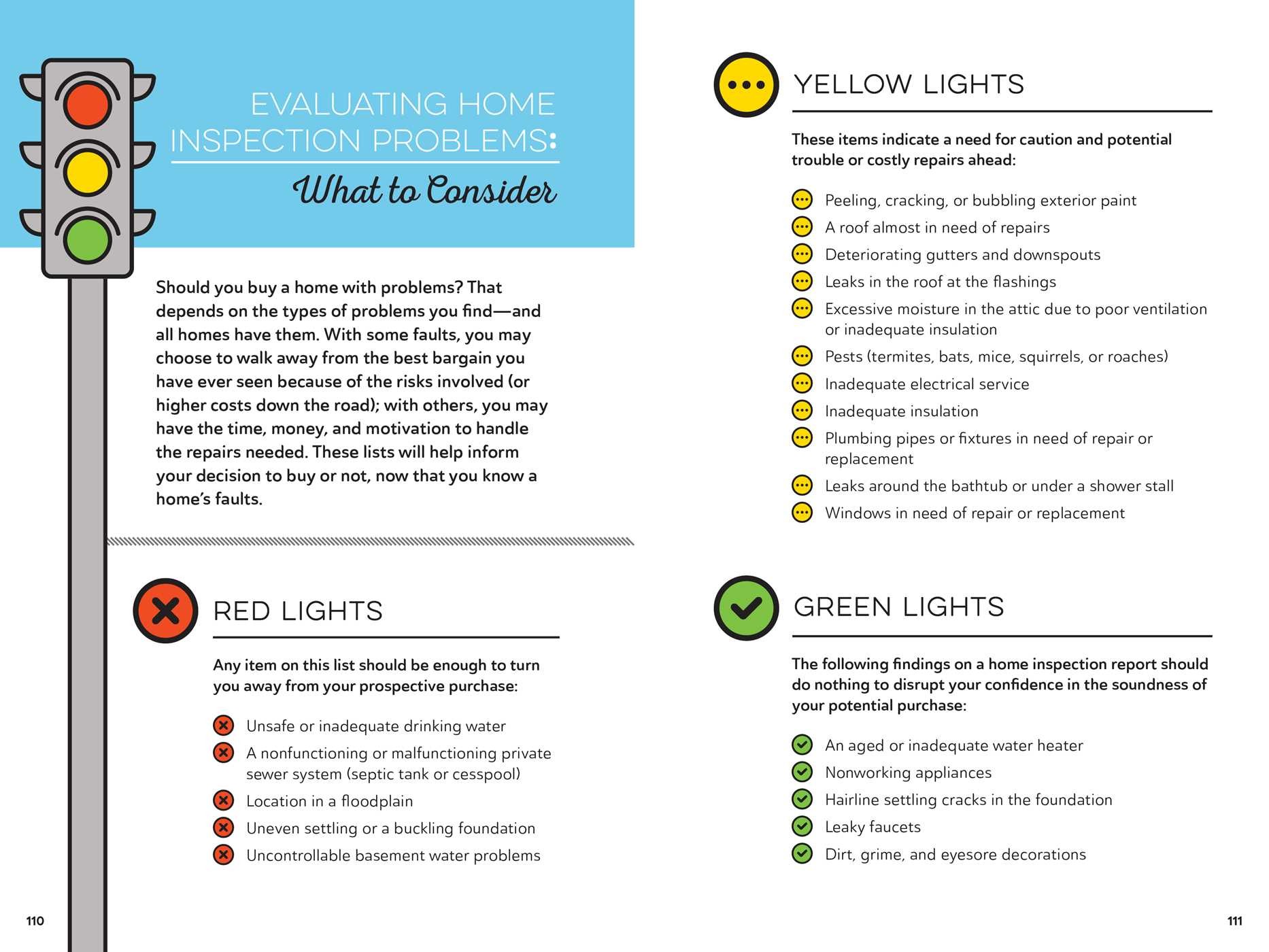Assess The Expenses And Advantages Of Solar Setup To Uncover The Economic Potential Customers That Wait For Those Who Are Considering This Renewable Resource Investment
Assess The Expenses And Advantages Of Solar Setup To Uncover The Economic Potential Customers That Wait For Those Who Are Considering This Renewable Resource Investment
Blog Article
Write-Up Author-Rowe Kane
When considering the expenses of solar setup, you might wonder about the upfront investment needed and whether it straightens with the prospective long-lasting benefits. Recognizing https://solar-contractors-near-me53208.blogsuperapp.com/30760802/my-personal-tale-how-i-went-from-skeptic-to-fan-of-solar-energy-solutions of these expenditures and the various aspects affecting the total return can clarify the worth recommendation of transitioning to solar energy. By reviewing both the initial configuration costs and the predicted cost savings gradually, you can gain insight into whether the financial investment in solar setup holds promise for your financial future.
First Configuration Expenses
When considering the costs of solar installment, the initial configuration expenditures play a vital function in your decision-making procedure. These in advance prices consist of the cost of solar panels, inverters, placing equipment, and setup labor.
The cost of photovoltaic panels can differ depending upon the brand, effectiveness, and size you select. Inverters are necessary for converting the sun's power into useful electricity and be available in different kinds such as string inverters, microinverters, and power optimizers, each with its own cost ramifications.
Mounting devices, such as shelfs and rails, is required to securely mount photovoltaic panels on your roof covering or property.
The installation labor expense covers the specialist installment of the solar system, guaranteeing that every little thing is set up properly and effectively. Bear in mind that while these preliminary configuration costs might seem high, there are typically refunds, tax obligation incentives, and funding options offered to aid counter the prices and make solar setup more cost effective over time.
Long-Term Financial Savings Evaluation
To understand the financial advantages of solar installment with time, it's crucial to conduct an extensive long-lasting cost savings analysis. While the preliminary arrangement expenses of solar panels might appear complicated, the long-lasting financial savings can surpass these costs substantially. By using the power of the sunlight to generate power for your home, you can possibly save thousands of dollars on your utility bills over the life expectancy of your solar system.
Among the vital aspects to think about in a long-term cost savings analysis is the reduction in your electrical energy bills. With photovoltaic panels, you can generate your electricity, decreasing and even removing your reliance on the grid. This can lead to considerable savings, particularly as energy rates remain to increase.
Additionally, lots of governments supply rewards such as tax credit histories and rebates for mounting solar panels, even more boosting your lasting cost savings. By benefiting from these incentives and optimizing your solar energy manufacturing, you can delight in considerable monetary advantages for several years to come.
Roi Computation
Thinking about the financial advantages of solar installment, it's time to examine the Roi (ROI) calculation. Establishing the ROI entails contrasting the overall costs of setting up a solar system with the monetary advantages it generates over its life expectancy.
To calculate ROI, divide the internet profit from the system by the overall investment expense and multiply by 100 to obtain a percent. The ROI formula is: (Net Earnings/ Total Amount Investment Expense) x 100.
For example, if the overall price of mounting a planetary system is $20,000, and over its life expectancy, it produces cost savings and incomes completing $30,000, the web earnings would certainly be $10,000. Splitting this by the overall investment expense of $20,000 provides a ratio of 0.5. Multiplying solar installation training by 100 gives an ROI of 50%.
Typically, a greater ROI shows an extra financially gratifying financial investment. Variables like government rewards, maintenance costs, and energy price variations can impact the ROI of solar setups. Understanding the ROI assists in evaluating whether investing in solar power deserves it over time.
Conclusion
Finally, recognizing the costs of solar setup is important for establishing if it is worth the investment. By thinking about initial arrangement costs, conducting a lasting cost savings evaluation, and computing the return on investment, you can make an informed choice regarding the monetary worth of solar energy. With the possibility for reduced energy bills and increased energy self-reliance, investing in solar installment can be a wise selection for both your budget and the setting.
